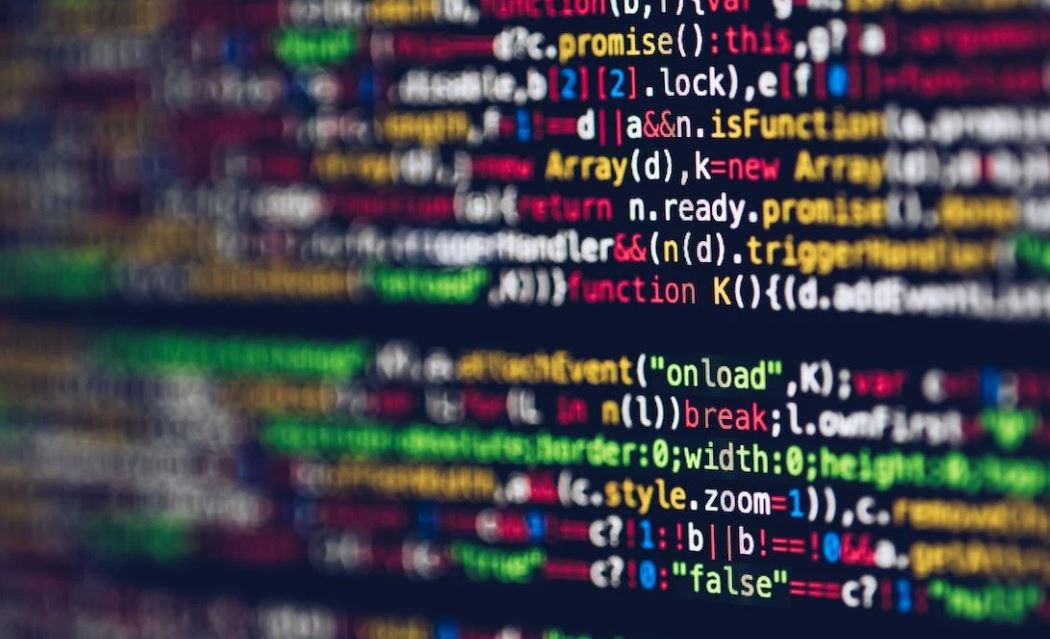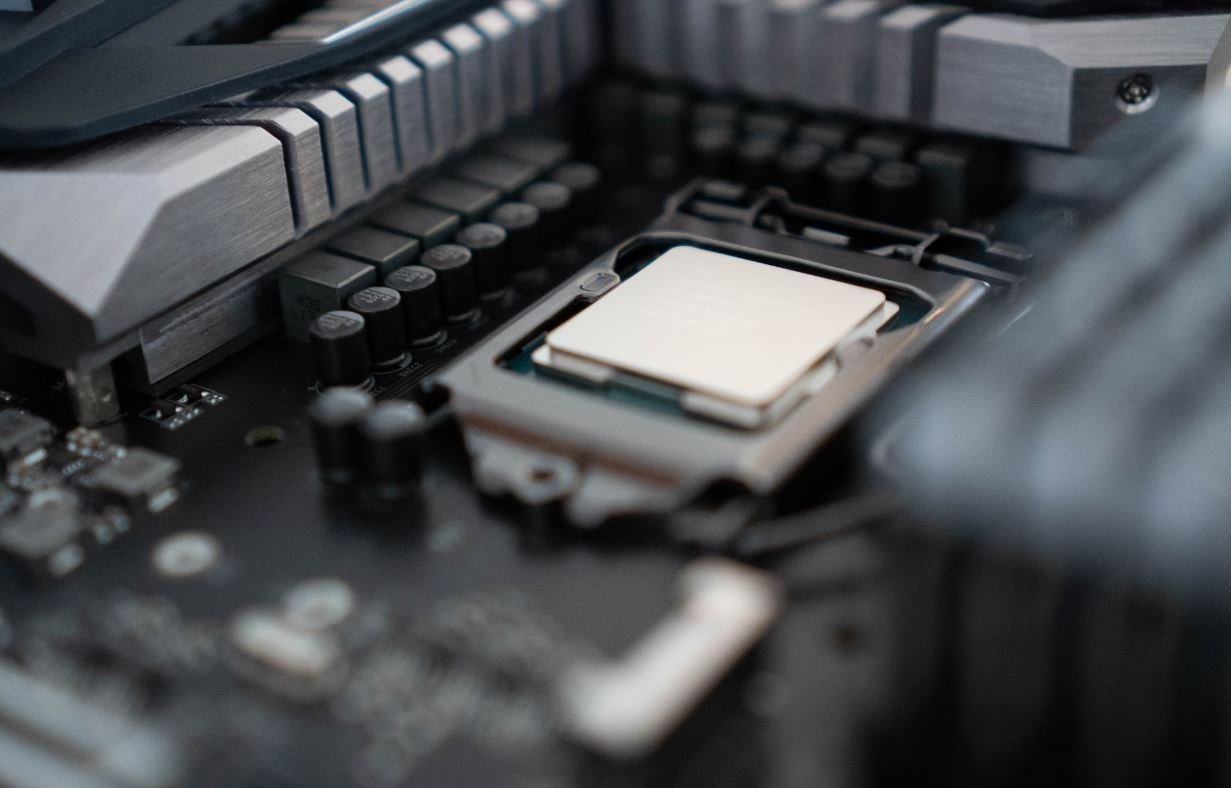AI Models and Algorithms
Artificial Intelligence (AI) has become an increasingly popular technology in recent years, with applications ranging from autonomous vehicles to virtual assistants. At the heart of AI are models and algorithms that enable machines to learn, reason, and make decisions. In this article, we will explore the role of AI models and algorithms in powering intelligent systems.
Key Takeaways:
- AI models and algorithms are the building blocks of artificial intelligence systems.
- They enable machines to learn, reason, and make decisions autonomously.
- There are various types of AI models and algorithms, including neural networks and decision trees.
- These models and algorithms require significant computational power and large datasets for training.
**AI models** are mathematical representations of the real world that capture patterns and relationships between inputs and outputs. These models lay the foundation for AI algorithms to process data and make predictions or decisions. One commonly used AI model is the **neural network**, inspired by the structure of the human brain.
*Neural networks* mimic the complex interconnected structure of neurons and synapses in the human brain to process information. They consist of multiple layers of interconnected nodes, or artificial neurons, that learn and adapt based on input data. This enables neural networks to recognize patterns, classify objects, and even generate new content like images and text.
To make predictions or decisions, AI algorithms leverage the power of AI models. These algorithms analyze input data, feed it into the model, and extract meaningful insights or output predictions.
There are various types of AI algorithms, each with its own strengths and applications. **Decision trees** are algorithms that use a tree-like structure to make decisions or predictions. Each node in the tree represents a feature or attribute, and the branches represent possible outcomes or decisions.
*Decision trees* are particularly useful for classification tasks, where the goal is to assign input data to specific categories. They can handle both numerical and categorical data, making them versatile for a wide range of applications.
In addition to neural networks and decision trees, there are many other types of AI models and algorithms, such as support vector machines, random forests, and deep reinforcement learning. Each model and algorithm has its own strengths and limitations, making them suitable for different types of problems or domains.
Tables and Data Points:
| AI Model | Application |
|---|---|
| Neural Networks | Image and speech recognition |
| Decision Trees | Classification and decision-making |
| Support Vector Machines | Pattern recognition and data classification |
Table 1: Common AI models and their applications.
**AI models** and algorithms are trained using large datasets to learn and improve their performance over time. The quality and size of the training data have a significant impact on the accuracy and reliability of AI systems. Moreover, training AI models requires substantial computational power, often using specialized hardware like graphical processing units (GPUs).
*Training AI models* is an iterative process where the model is exposed to labeled data, and it adjusts its parameters to minimize errors or maximize performance. This process, known as *machine learning*, allows models to develop complex representations and patterns from the data they are trained on.
Tables and Data Points:
| AI Model | Training Data Size | Computational Power Required |
|---|---|---|
| Neural Networks | Millions to billions of data points | Highly dependent on model size and complexity |
| Decision Trees | Thousands to millions of data points | Less computationally intensive compared to neural networks |
| Support Vector Machines | Thousands to millions of data points | Depends on the chosen kernel function and data complexity |
Table 2: Training requirements for different AI models.
AI models and algorithms have revolutionized many industries, from healthcare to finance, by automating tasks, enhancing decision-making, and improving efficiency. However, the development and deployment of AI systems also raise ethical considerations and challenges, such as biases in training data, privacy concerns, and the impact on jobs.
As AI continues to advance, researchers and practitioners are continuously exploring new models and algorithms to tackle more complex problems and improve the performance and interpretability of AI systems. The combination of AI models and algorithms with other technologies like big data, cloud computing, and the Internet of Things (IoT) opens up endless possibilities for intelligent applications.
Tables and Data Points:
| AI Model | Advantages | Limitations |
|---|---|---|
| Neural Networks | Highly flexible and capable of learning complex patterns | Black-box nature, requires large amounts of data and computation |
| Decision Trees | Easy to interpret, handles both numerical and categorical data | May suffer from overfitting or underfitting |
| Support Vector Machines | Good at handling high-dimensional data, effective with small datasets | Limited scalability to large-scale datasets, sensitivity to parameters |
Table 3: Advantages and limitations of different AI models.
AI models and algorithms are transforming industries and driving the adoption of intelligent systems. Their ability to learn from vast amounts of data and make complex decisions opens up new opportunities for business optimization, innovation, and problem-solving. As AI research continues to advance, we can expect even more sophisticated models and algorithms to shape the future of AI-powered technologies.

Common Misconceptions
AI Models and Algorithms
There are several common misconceptions that people have around AI models and algorithms. These misconceptions can often stem from media portrayals, misunderstandings, or lack of knowledge in the field. It is important to address and correct these misconceptions in order to have a better understanding of AI and its capabilities.
Misconception 1: AI models are infallible
One common misconception is that AI models are infallible and always provide accurate results. However, AI models are built by training them on large datasets, and their performance depends on the quality and diversity of the data provided. They can also be biased or produce incorrect results if not properly trained or validated.
- AI models’ performance depends on the quality and diversity of training data.
- Improper training or validation can lead to biased or incorrect results.
- AI models are not always accurate and can make mistakes.
Misconception 2: AI models can fully replicate human intelligence
Another misconception is that AI models can fully replicate human intelligence. While AI has made significant advances in areas like language processing and computer vision, it still lacks the comprehensive understanding and reasoning capabilities of a human brain. AI models are trained to perform specific tasks but lack the general intelligence seen in humans.
- AI models are specialized and lack general intelligence.
- They lack comprehensive understanding and reasoning capabilities.
- AI cannot fully replicate the complexity of human intelligence.
Misconception 3: AI models are always objective
Many people believe that AI models are neutral and objective in their decision-making. However, AI models are not inherently unbiased. They learn from data provided, and if the training data contains biases or reflects societal prejudices, it can lead to biased outcomes. It is crucial to carefully consider the training data and algorithms used to ensure fairness and mitigate biases.
- AI models reflect the biases present in the training data.
- If not properly trained, AI models can perpetuate biases and prejudices.
- AI models require careful consideration to ensure fairness and avoid biases.
Misconception 4: AI models are a threat to human jobs
One misconception is that AI models are poised to replace human jobs entirely. While AI has the potential to automate certain tasks, it also creates new job opportunities. AI models are meant to augment human capabilities rather than replace them. Moreover, there are certain tasks that require a human touch or human decision-making, making AI models more of an assistant than a threat.
- AI models can automate certain tasks but also create new job opportunities.
- There are tasks that still require human touch and decision-making.
- AI models are meant to augment human capabilities, not replace them.
Misconception 5: AI models are flawless predictors
Lastly, some people assume that AI models can accurately predict future events with complete certainty. While AI models use historical data to make predictions, they cannot account for all possible variables and unforeseen circumstances. AI models give probabilities and trends, but their predictions are not infallible, and human interpretation and judgment are still essential in decision-making.
- AI models give probabilities and trends, not certain predictions.
- They cannot account for all possible variables and unforeseen circumstances.
- Human interpretation and judgment are still crucial in decision-making.

Table: Top AI Models and Algorithms
In this table, we present a list of the top AI models and algorithms that have revolutionized various industries.
Table: Performance Comparison of AI Algorithms
This table provides a comparison of the performance metrics of different AI algorithms, such as accuracy, speed, and resource utilization.
Table: Applications of AI Models in Healthcare
Here, we showcase the applications of AI models in the field of healthcare, including disease diagnosis, drug discovery, and patient care.
Table: Accuracy of AI Models in Image Recognition
This table highlights the accuracy rates of various AI models in image recognition tasks, such as object detection and facial recognition.
Table: Ranking of AI Models for Natural Language Processing
Presented here is a ranking of AI models based on their performance in natural language processing tasks, including sentiment analysis and language translation.
Table: AI Models used in Autonomous Vehicles
In this table, we list the AI models that power autonomous vehicles, enabling them to perceive the environment and make intelligent driving decisions.
Table: Efficiency of AI Models in Fraud Detection
Here, we demonstrate the efficiency of different AI models in detecting fraudulent activities, such as credit card fraud and identity theft.
Table: AI Algorithms in Financial Trading
This table showcases the AI algorithms commonly used in financial trading, including stock price prediction and algorithmic trading strategies.
Table: AI Models for Personalized Recommendations
Presented here are the AI models that enable personalized recommendations in various industries, such as e-commerce and streaming services.
Table: AI Models for Predictive Maintenance
In this table, we display the AI models employed for predictive maintenance, allowing for proactive equipment maintenance and reducing downtime.
AI models and algorithms have transformed industries and revolutionized numerous fields. From healthcare to finance, these intelligent systems are capable of performing complex tasks with remarkable precision and efficiency. The tables presented in this article provide a glimpse into the diverse applications and capabilities of AI. Whether it’s diagnosing diseases, recognizing images, or detecting fraud, AI models have consistently demonstrated their potential. As the technology advances, we can expect AI to continue shaping our world and driving innovation across various domains.
Frequently Asked Questions
What are AI models and algorithms?
How do AI models differ from AI algorithms?
What types of AI models exist?
How are AI models trained?
What is transfer learning in AI models?
Can AI models be biased?
How do AI models handle uncertainty?
What is the role of optimization algorithms in AI models?
Are AI models explainable?
How do AI models learn from feedback?




